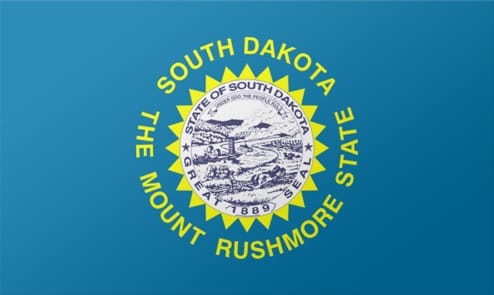South Dakota’s unemployment rate dropped to 1.8 percent in March, down one-tenth of a point from February and among the lowest in the nation.
The state’s labor force grew by 700 workers over the month, reaching 492,900. The number of unemployed South Dakotans fell by 100, leaving just 9,100 people actively seeking work. Compared to March 2024, the labor force is up by 7,500, and the number of employed residents rose by 6,800. The unemployment rate is up slightly from 1.7 percent a year ago, reflecting a modest increase in job seekers.
Unless otherwise noted, all the statistics and facts in this story come from the South Dakota Department of Labor’s report for March employment figures.
The national unemployment rate is 4.2 percent, more than double South Dakota’s figure. The state’s steady job market has persisted for years, outpacing the U.S. average.
Health Care, Construction Drive Job Growth
The number of nonfarm jobs in South Dakota increased by 3,800 over the past year, reaching 471,500 in March. Health care and social assistance added 2,300 jobs, a 3.3 percent increase. Construction grew by 1,400 jobs, up 4.8 percent. Government employment also rose, with 1,000 more jobs than a year ago.
Manufacturing was one of the few sectors to lose ground, shedding 1,100 jobs since last March, a drop of 2.4 percent. Durable goods manufacturing saw the sharpest decline within that category.
The most significant gains came month over month in construction, professional and business services, and health care. The construction sector added 600 jobs in March alone, a 2.2 percent jump. Health care and social assistance grew by 400 jobs, or 0.6 percent, in the same period.
Why It Matters for South Dakotans
A low unemployment rate means most South Dakotans who want jobs can find them. The strongest job gains are in the health care and construction sectors, which are critical to urban and rural communities. Health care growth signals demand for nurses, aides, and other support staff, especially as the state’s population ages. Construction gains reflect ongoing development in cities like Sioux Falls and infrastructure work in smaller towns.
These trends affect wages, the cost of living, and the availability of services statewide. Opportunities remain strong for job seekers, but employers may struggle to fill openings, especially in skilled trades and health care. That could mean higher wages or incentives for workers willing to move or train for in-demand roles.
Regional and National Context
South Dakota’s 1.8 percent unemployment rate is less than half the national average. Neighboring states like Nebraska and North Dakota also report low jobless rates, but South Dakota’s labor market remains especially tight. The state’s economy relies on agriculture, manufacturing, health care, and construction sectors that have weathered national slowdowns better than most.
Looking Ahead
The South Dakota Department of Labor and Regulation will release more detailed local and industry data on April 25. The report will examine how these trends play out in Sioux Falls, Rapid City, and rural counties.


